Three women. Yes, that’s three women who have won ‘Best Director’ in the 94-year history of the Oscars. Throughout film history women have been represented in sexual and stereotypical ways. These are often controlled by male directors, creating a false and unrealistic portrayal of all women.
This can be seen prominently within old Disney princess films as all female protagonists are valued by their beauty – Snow White is saved by a man because of her only asset, physical beauty, Aurora is saved by a kiss, depicting that sex is her only salvation. In January 2016, researchers, Matt Daniels and Hanah Anderson from The Pudding, reported that men speak more often than women in Disney Princess films, 22 out of 30 Disney films have a male majority of dialogue. Even films with female leads, such as Mulan, Mushu her protector dragon, has 50% more words of dialogue than Mulan herself. Later on, films during the early 90s and 2000s, women started having roles in action films, consisting them of fighting. A famous example of this is Kill Bill and The Avengers.
In her book, Laura Mulvey’s theory of the Male Gaze describes a way of portraying women that empowers men while sexualizing and diminishing women, putting the audience in the perspective of heterosexual men. Women become objectified as sex objects, rather than being represented as whole people. Claire Kennedy, a Media Studies teacher from Xaverian College, told me: “What the male gaze, and the fact that there’s so much of it teaches us is that, firstly, it’s ok to objectify women and in turn teaches women to think it’s correct to be objectified so it’s encouraging women to limit their power to being beautiful, or their success being defined by other people rather than by themselves.” Many other feminist theorists argue that flawed media representations distort the audience’s conceptualisation of women and their role in a society. Women who consume such media representations may, as a result, internalize oppressive ideas.
The Bechdel test measures if there are two named women in a film who have a conversation about something other than about a man. Claire Kennedy told me it’s a way of very quickly measuring how little women get complex characters in films. But passing it doesn’t make it a good film. We can’t ask people to congratulate themselves passing the Bechdel test like it’s the bare minimum of representation.” One major criticism of the test is that it fails to reveal the hidden gender imbalance structure. A movie can pass the Bechdel test yet still portray women as auxiliary characters with a minimal screen time.
The researcher, Martha Lauzen found that in 2022, only 33% of films featured female protagonists. The roles women do play can also be very narrow. Women are often portrayed in subordinated, traditional ways, roles such as home makers, wives or mothers. Lacking a role model on the big screen is detrimental for young girls. These issues can be resolved by providing equal opportunities for female filmmakers. In research funded by the Geena Davis Institute on Gender in Media, Smith (2007) found that out of 112 films produced in 2007, only three were directed by women. In addition, she found that when women were involved with films as directors and writers, the number of speaking roles for women and girls increased, so if women are hired as directors and writers, there will be an increase in the employment of female characters.
However, it’s important to note that female filmmakers often face more unjust criticism than their male counterparts when they secure these positions. One prominent critique is the notion that female filmmakers pose a greater financial risk compared to male filmmakers. When confronted with substantial budgets, studio executives tend to gravitate toward directors who have previously delivered box office successes, and these directors are often male. In reality, Martha Lauzen (2008) in her article of ‘Where all the film directors (who happen to be women)?’ found that films with at least one female director generates approximately the same domestic box office revenue as those with exclusively male representation in these roles. Despite this, women are rarely afforded the same resources and budgets as men. It’s time to change these unjust inequalities and represent all kinds of women in a positive way, to change society’s depiction of women and to encourage young girls to reach any ambition.
5 film recommendations directed by women:
⦁ Portrait of a Lady on Fire (2020)
⦁ Little Women (2019)
⦁ Little Miss Sunshine (2006)
⦁ The Farewell (2019)
⦁ Wadjda (2012)


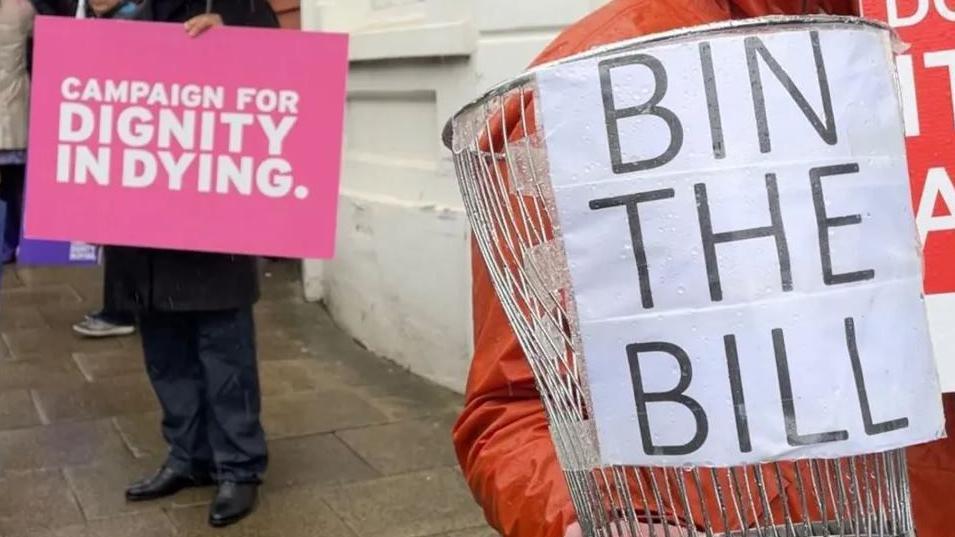

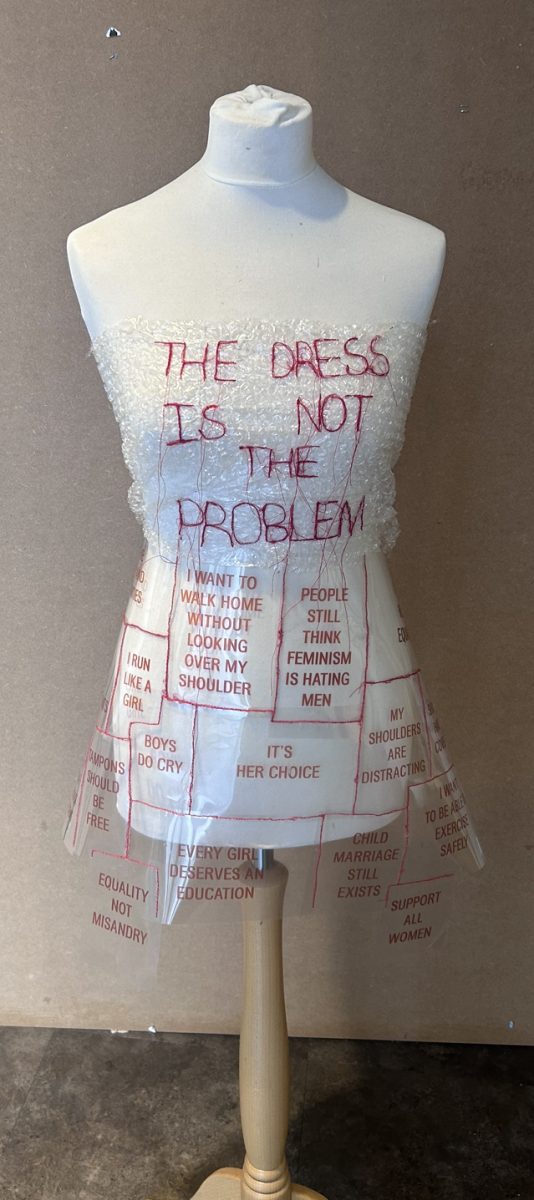


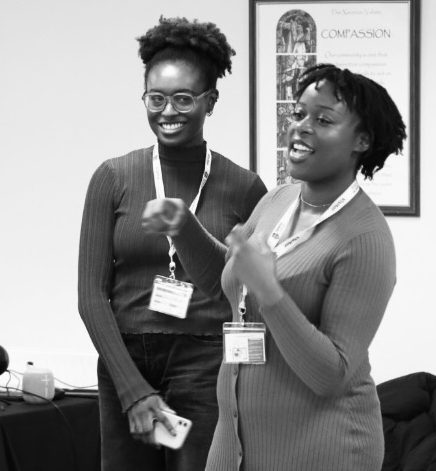



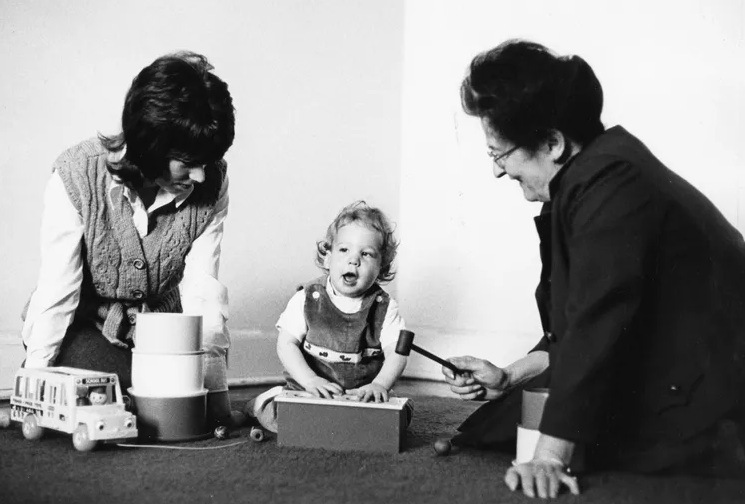
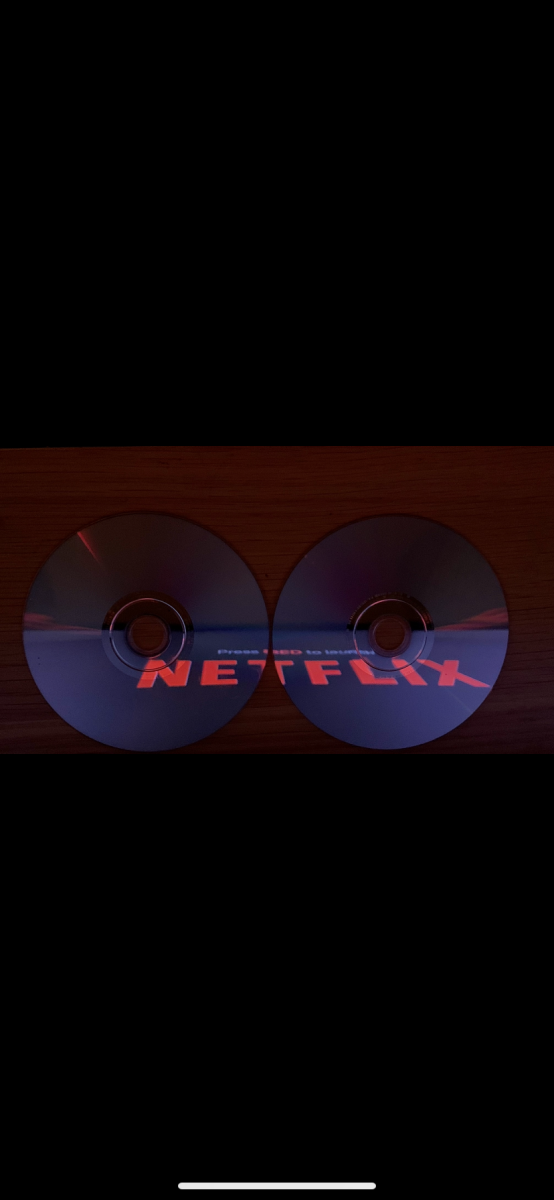


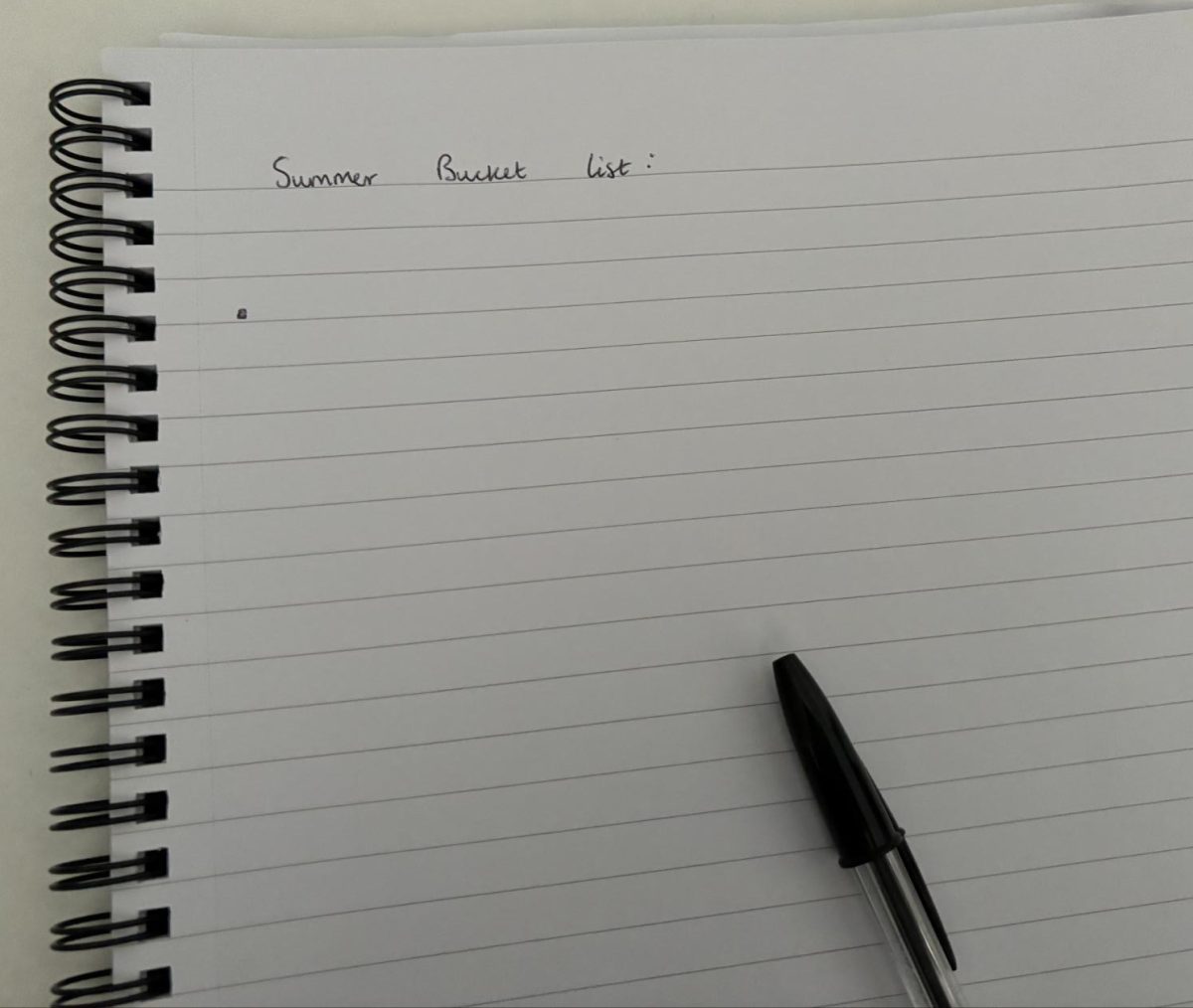
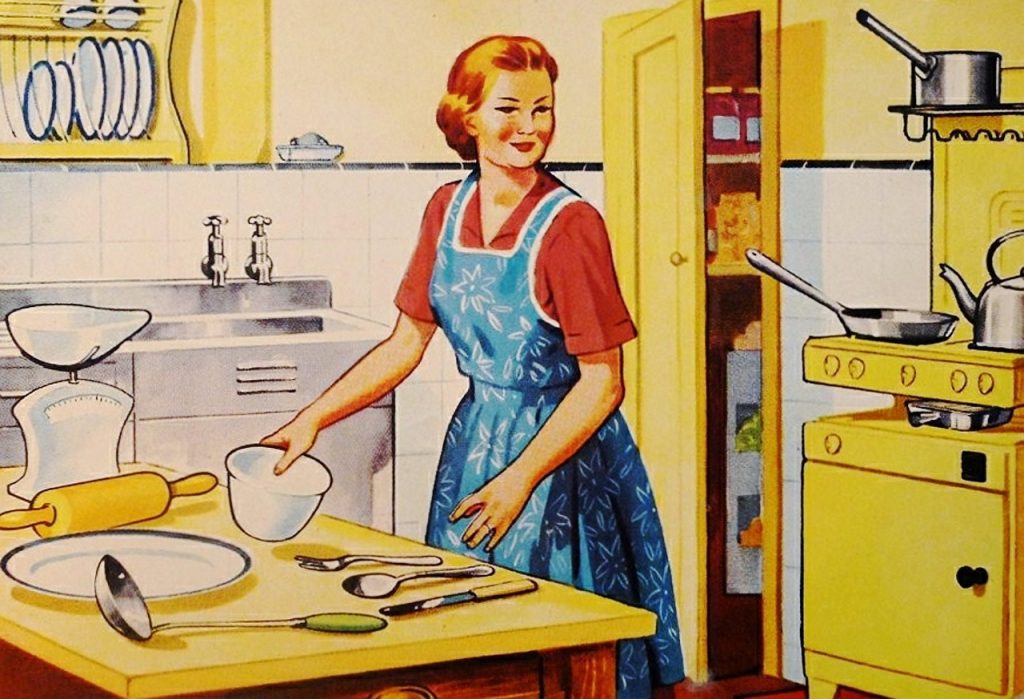

















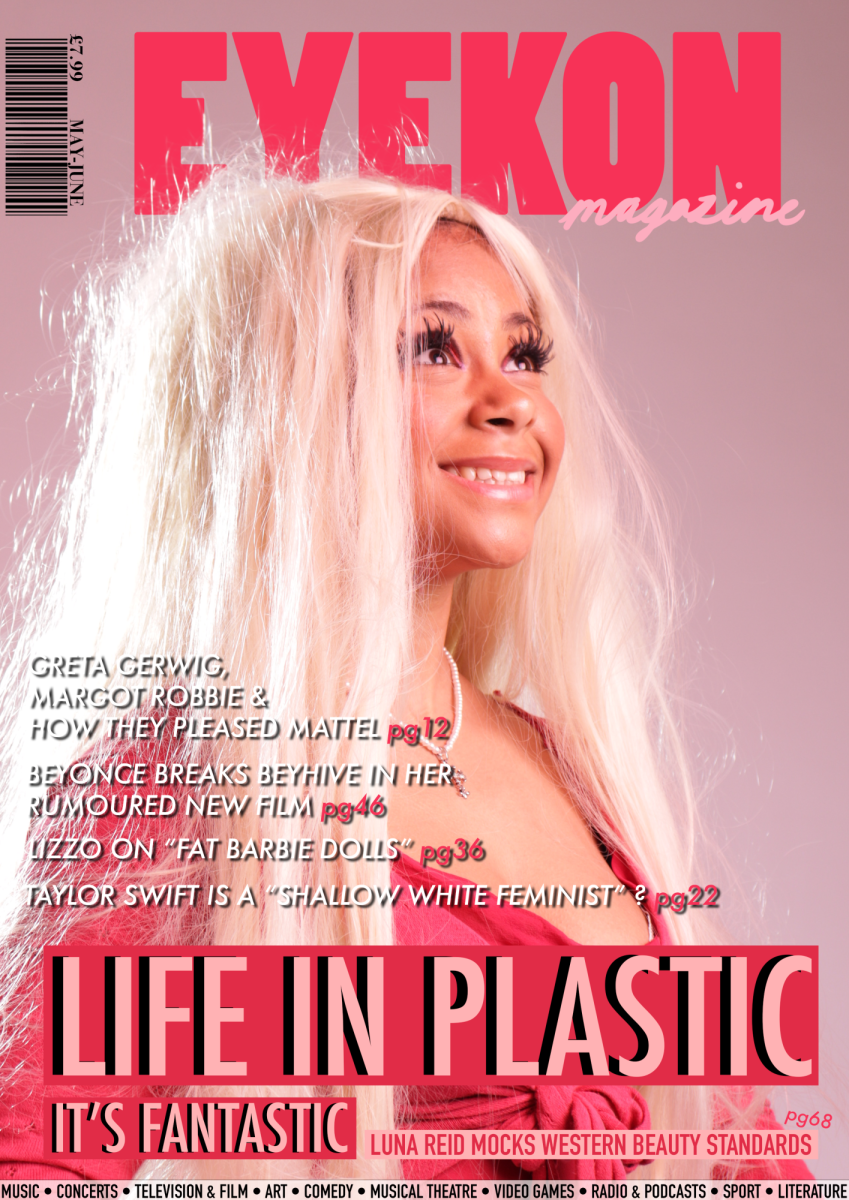
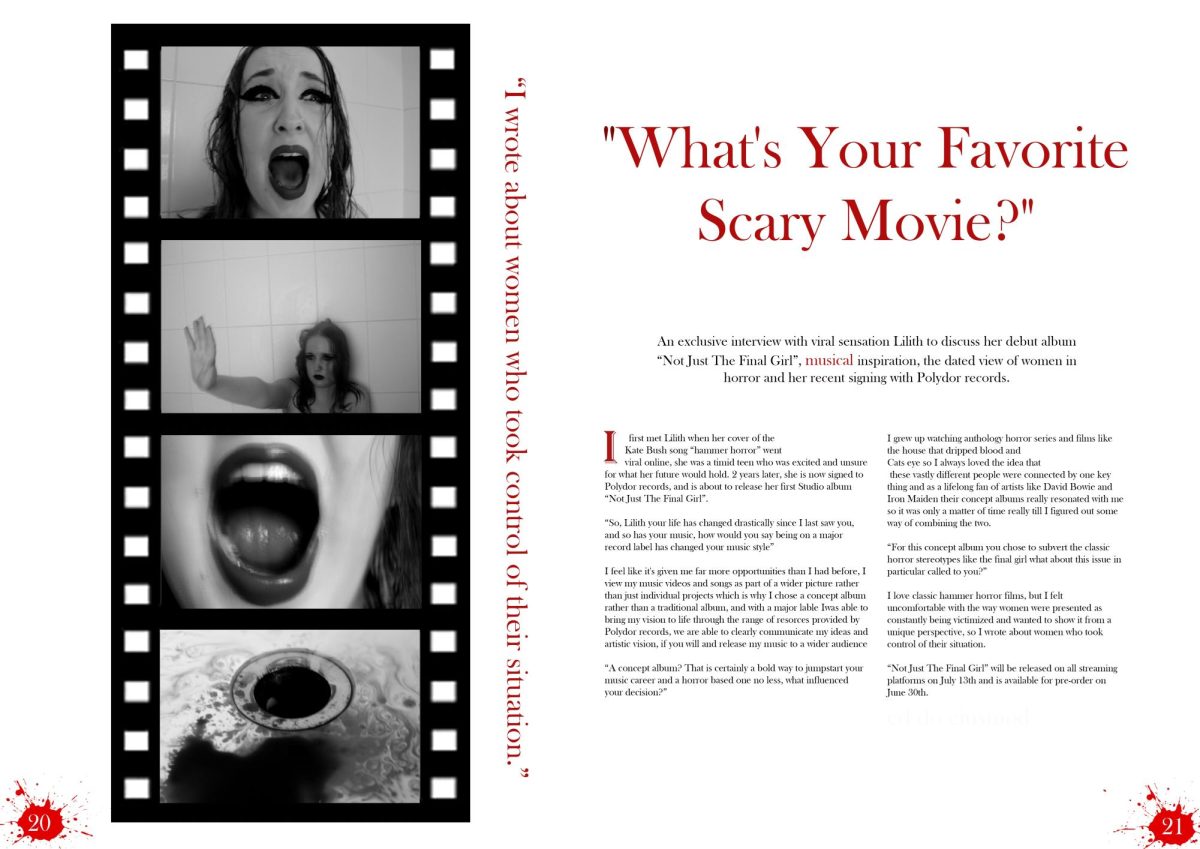



Shalom Ofori • Jun 23, 2025 at 7:32 am
I like how it challenges how women have been oppressed in the media and people should stop normalising it. Also even in films where its about women empowerment like Mulan and tries to subvert typical disney films like Snow White, most of it is still male dominated.
lily • Jan 24, 2024 at 6:36 am
introduction is engaging and article overall is informative
Jacqui Shirley - Organiser • Nov 30, 2023 at 6:12 am
A well researched and interesting article . Plus I like your film recommendations